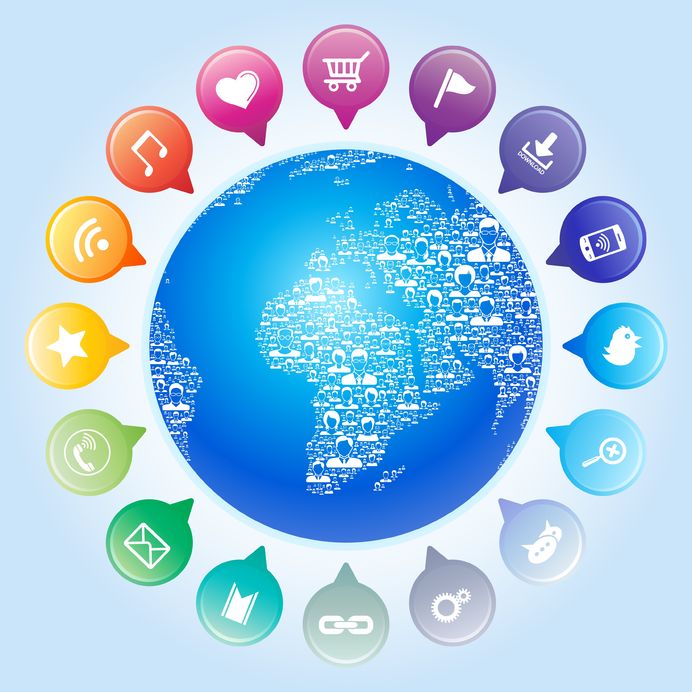Growing up in a third world country and moving to the U.S. is a dream for many immigrants. So when my mother received the Visa for my sister and I to come to the U.S., we packed our bags and were ready within the day.
When it comes to money, each family has their own view on managing finances. Here’s my personal view from both an American and immigrant perspective:
1. Chores and Money
As a young kid in the U.S., many parents provide an allowance. A child is given a few chores and at the end of the week, the child receives an amount of money to spend on anything they want. This concept was incredible to me. My thought was “so you are telling me that I have been making my bed and doing my laundry for free, while others are getting paid for it?” That day after school I learned about negotiation along with the stubbornness of my mother.
Tip: Teach kids about saving by making them deposit their allowance in a bank/savings account and ask them to log on regularly to check their balance.
2. Education Funds
In the U.S., parents are adamant to open a college savings plan even before they fund their own retirement accounts. Others also use student loans as we can see from the recent major inflow in education debt in the past decade. In my case, my mother expected good grades. I never received any praise for acing my math test. After all, why wouldn’t I? Good grades get you scholarships.
Tip: Involve your kids when paying for books and school supplies to give them a better understanding of the real cost of education.
3. Part Time Jobs
For many immigrant families, working 1 or 2 jobs is normal as a teen because as soon as you can, not only do you not get an allowance, you get bills: phone bills, electric, gas, etc. Working helps teach you responsibility and the value of money – something I was glad to share with my Omaha peers. I also learned a new phrase: Detasseling corn. Either way, a part time job whether in the summer or after school, is a great way to understand the value of a dollar.
Tip: A great way to teach kids about saving for retirement is to open a retirement account with a portion of their earnings. It will also teach them about Uncle Sam and paying him his cut.
4. Credit
My mother used to say, “Do not spend what you don’t have.” As many immigrant parents, she always dealt with cash, partly because credit is not as easily available in other countries. If we didn’t have cash for it, then we didn’t buy it. In the U.S., however, credit is almost as important as your reputation; it is part of the culture. If your credit history is good, a whole new world opens up: homes, cars, business loans and better interest rates.
Tip: Make sure kids understand credit is a tool and not “free money.” Ask them to maintain a budget and pay off their emergency card with their savings.
5. Investing
When I was in elementary school, my mom would send me bags from the U.S. full of mini Snickers, Milky Ways and 3 Musketeers. The kids in school swarmed me and I sold enough to put them into sugar commas. The only issue? No guidance. I spent my money on Barbies and basketballs. I wish I would have invested. Now that is a lot of compounding! In the U.S., parents are always talking about the market; the price of oil, cattle, you name it. Many of my colleagues tell me they received shares as gifts for birthdays and Christmas.
Tip: Kids and teens are more likely to research the market and invest if these are household words.
No matter what your background is, it is important to teach kids about money from an early age. It will aid them in their future and they will be more likely to make better choices for themselves and their families. If you aren’t already doing so, start now. You’ll be surprised at how eager they will be to learn.

